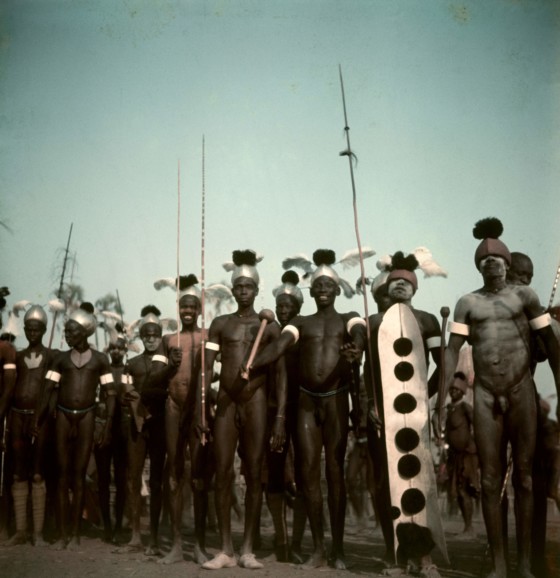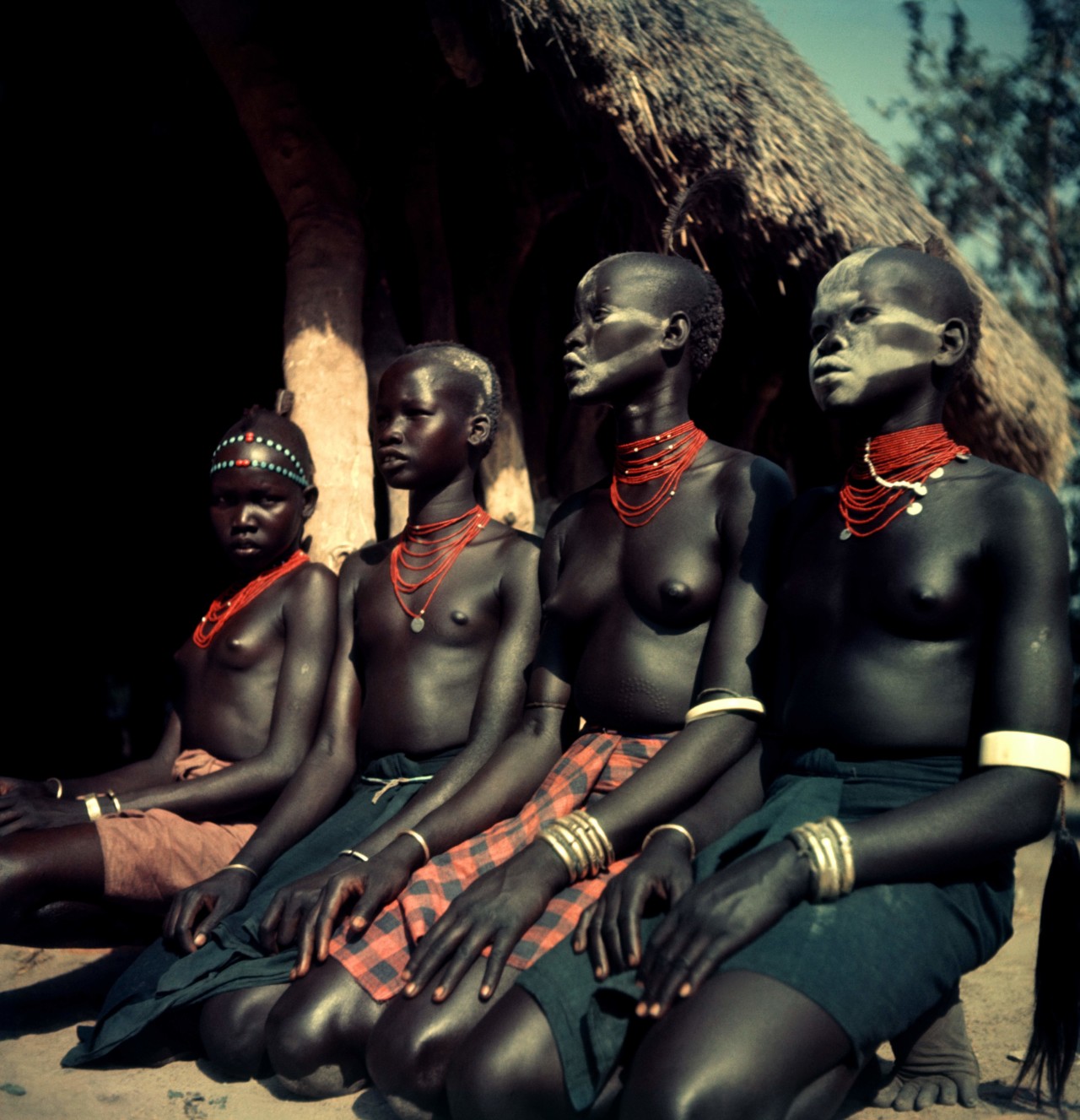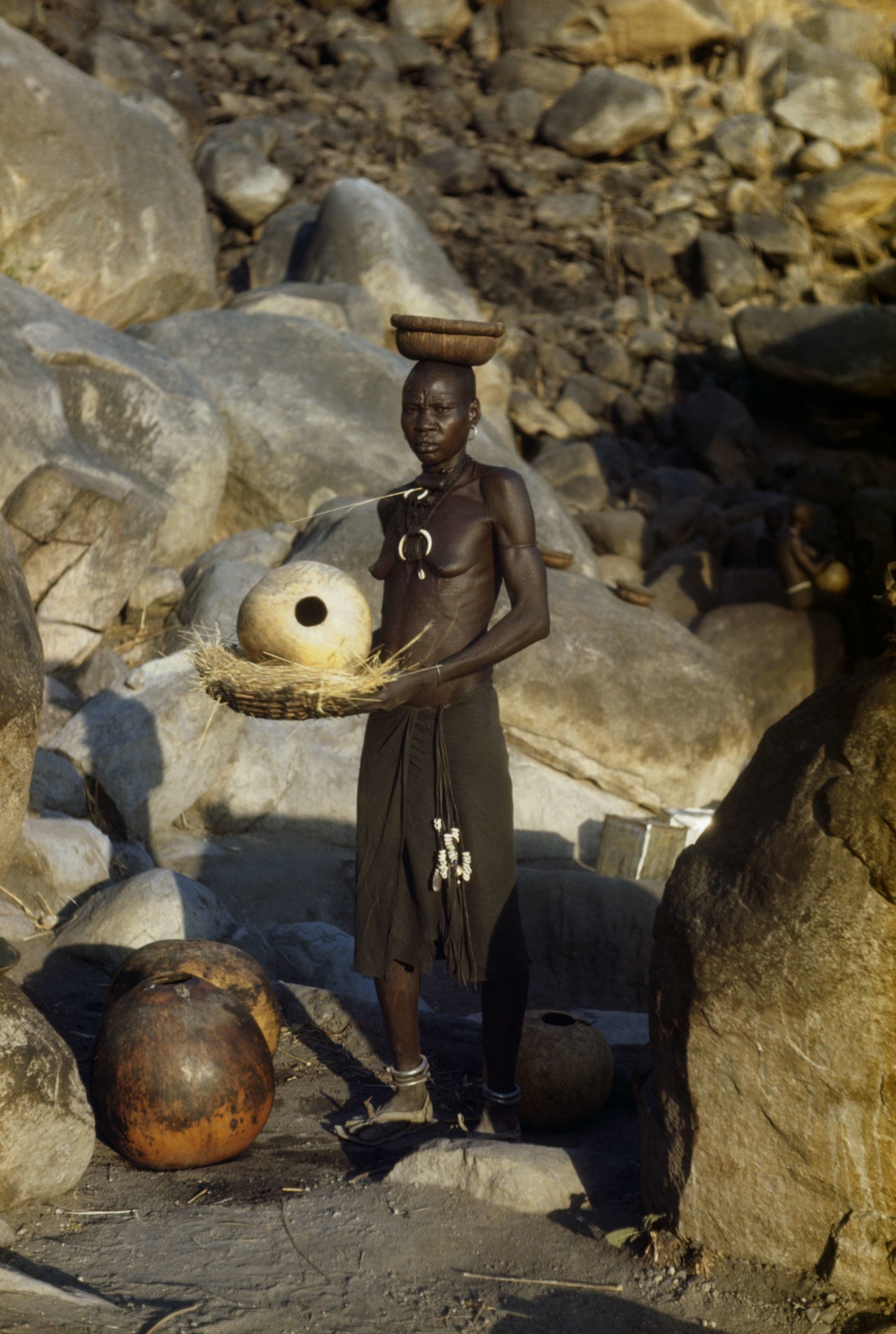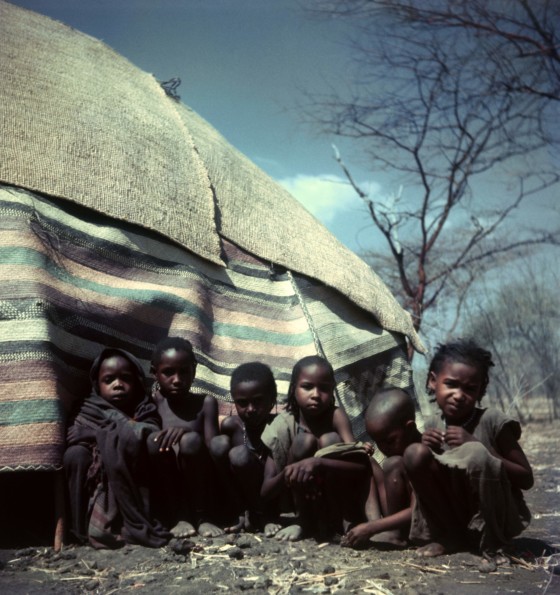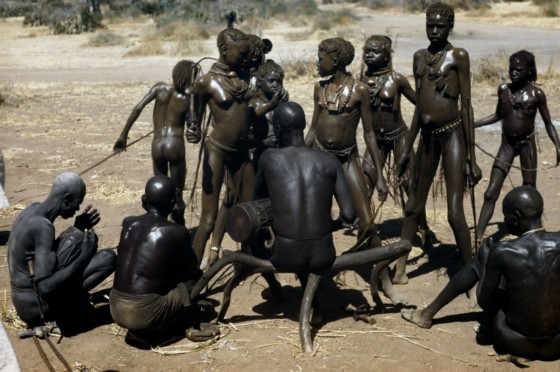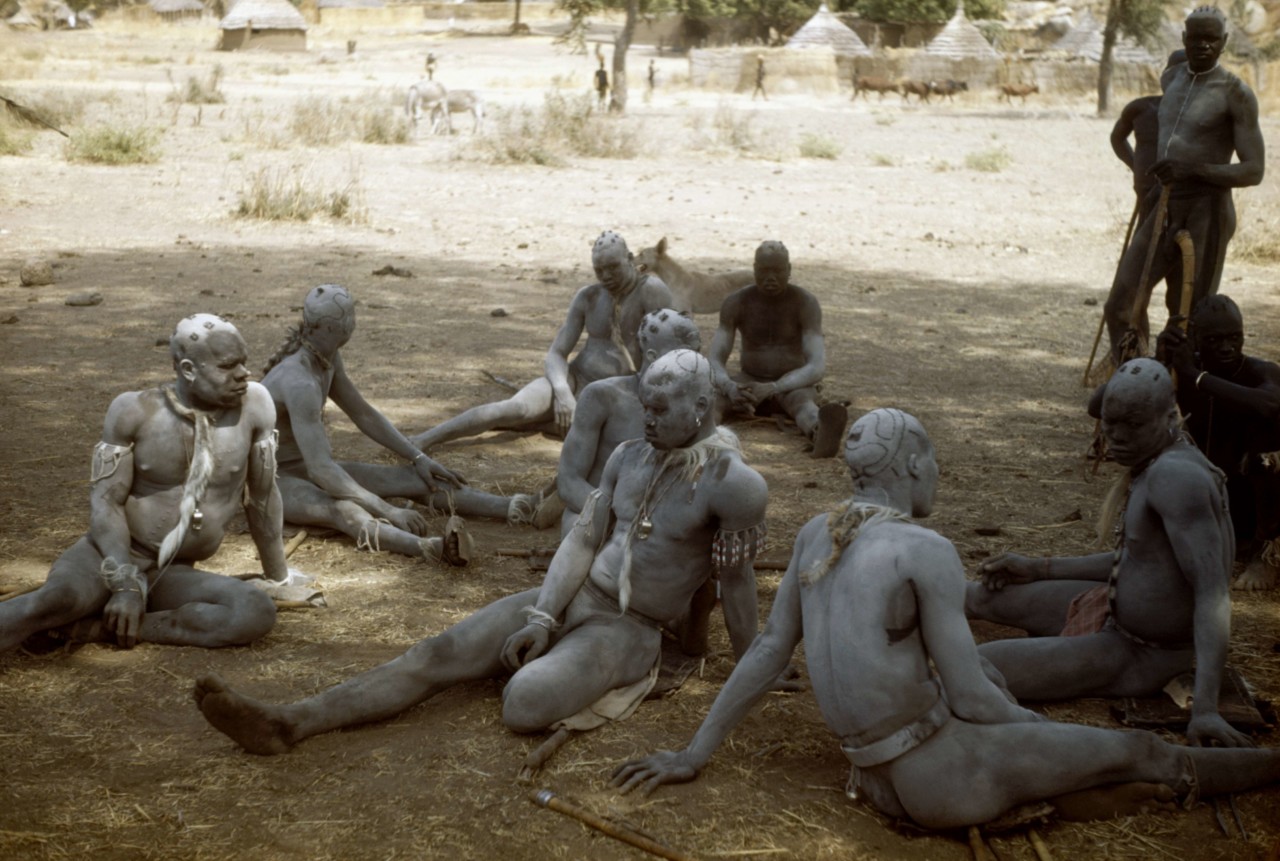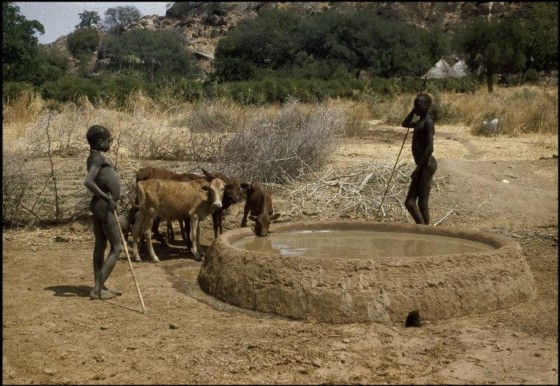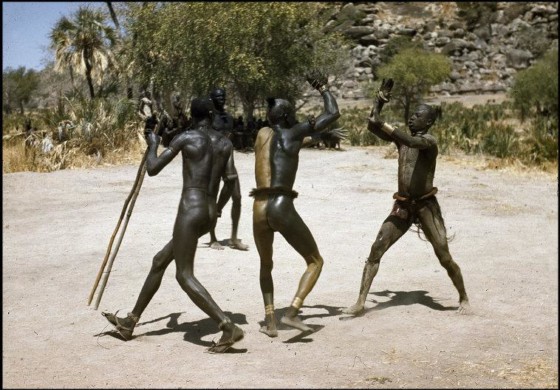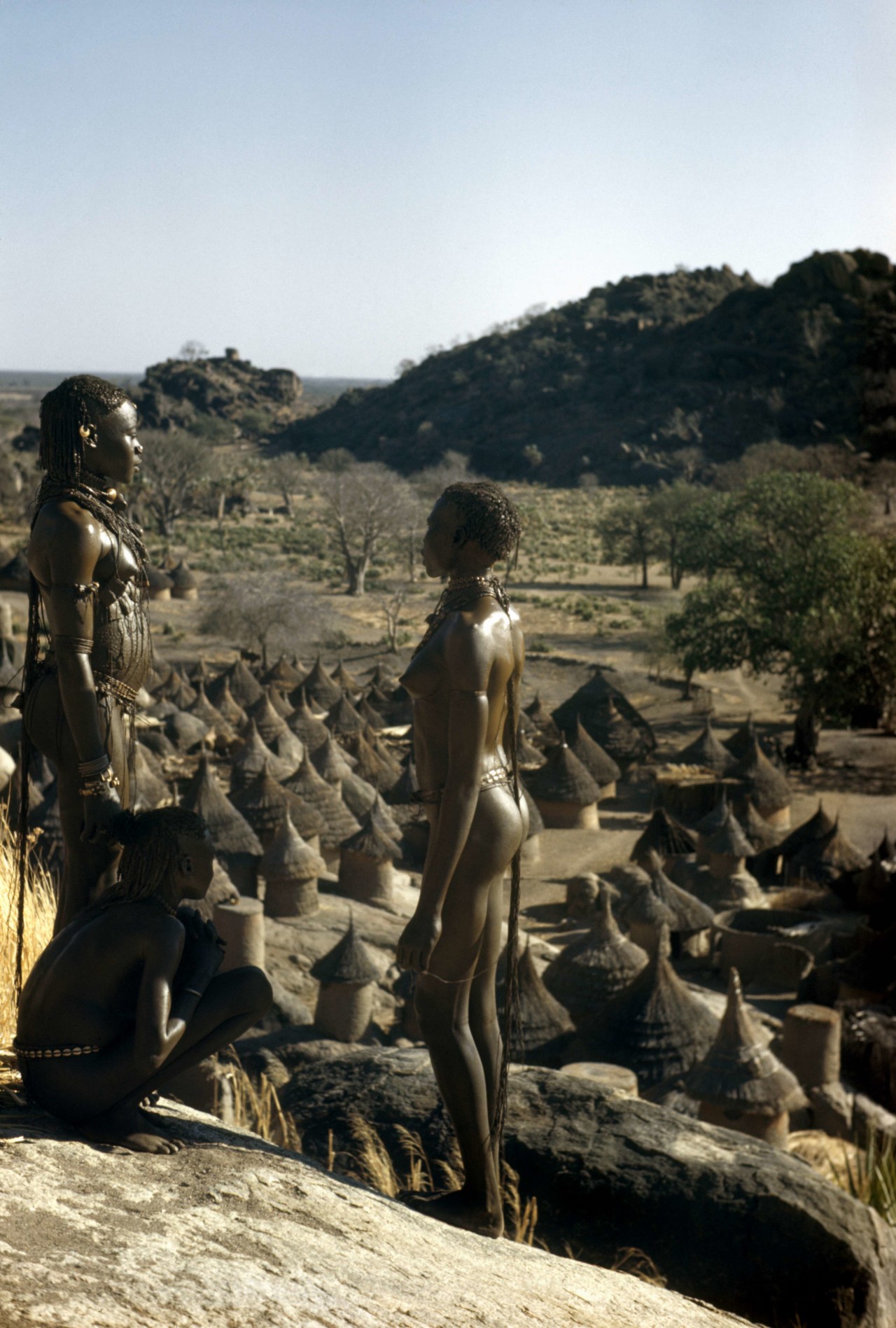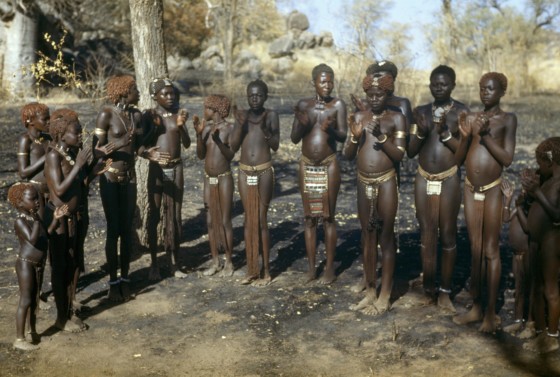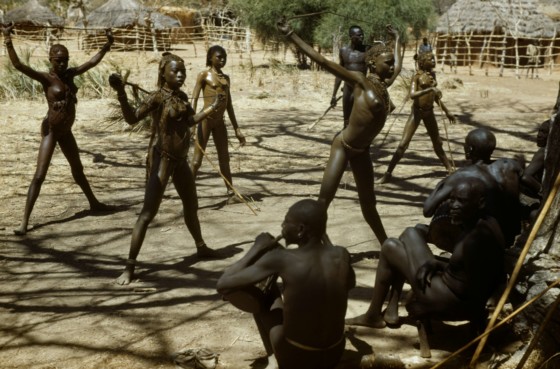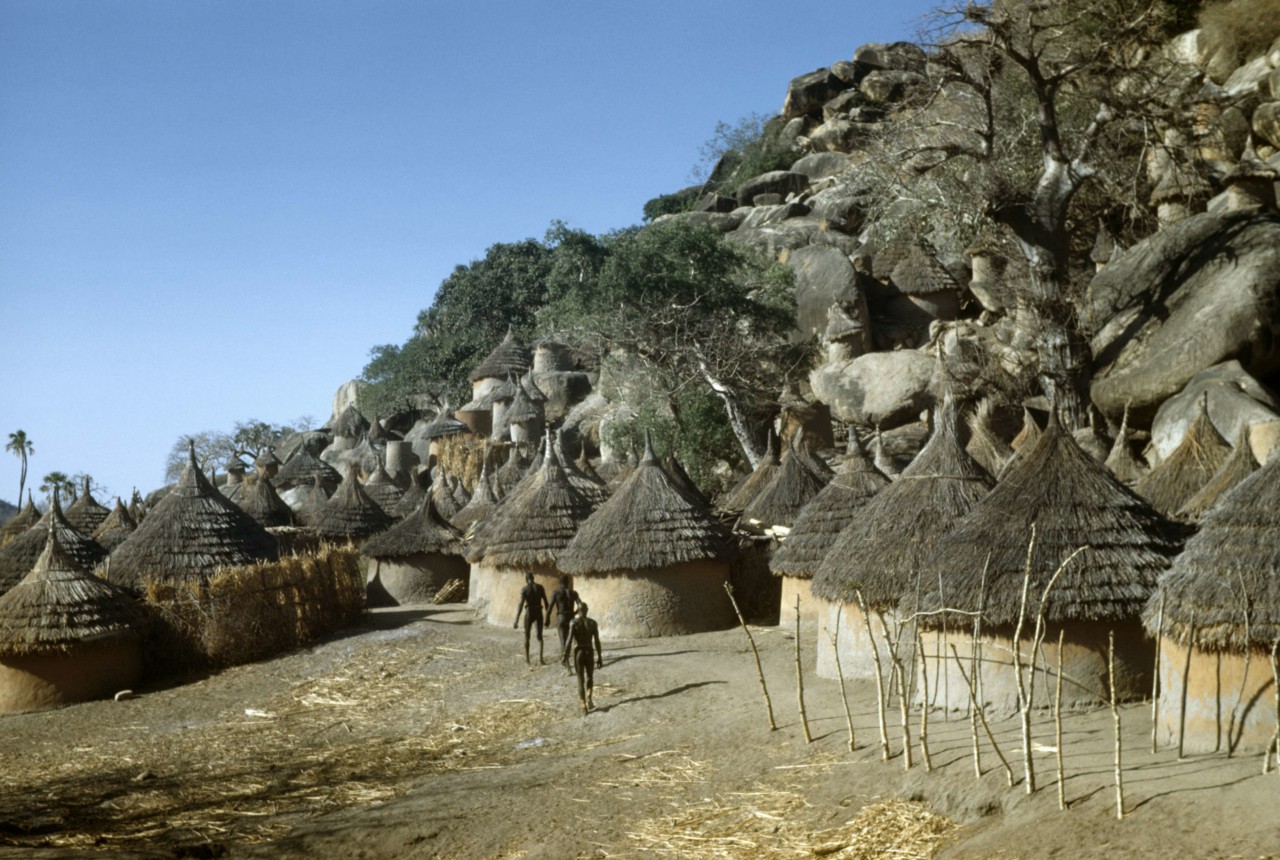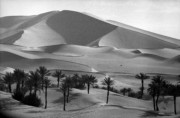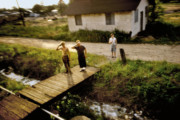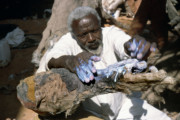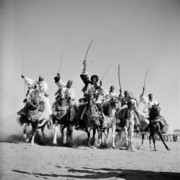The Nuba: Early Color Work
A testament in color of George Rodger’s journey through Africa documenting the culture and customs of a people now under threat
George Rodger was an adventurer and traveller, with aspirations to explore remote and uncharted regions. In 1948, he embarked on a journey in search of any vestiges of the distinctive “mood or … atmosphere” he prescribed to the rapidly disappearing landscape of a pre-colonial Africa shaped by traditional systems and customs. After journeying thousands of miles across the country, he “found it at last in Kordofan” in 1949, after being granted permission by the Sudanese government to photograph the Nuba, an amalgam of many peoples with different cultures and languages, living in the foothills of the Nuba Mountains.
"Good photography is based on truth and integrity "
-
Rodger eschewed the label of artist, dedicating himself instead to the straightforward documentation, through both words and images, of events of social and historical significance. Writing to his eight-year-old son in 1970, in a rare articulation of his views on the medium, Rodger asserted “good photography is based on truth and integrity”.
Leaving war photography behind, and motivated by the liberation from the constraints of magazine assignments that co-founding Magnum in 1947 afforded him, Rodger embarked on his journey through Africa. Traveling over 28,000 miles from Johannesburg to the Mediterranean, the trip enabled him to escape the chaos of post-war Europe and pursue his personal photographic practice. An avid writer, he developed what he referred to as a “package story”: recording his experiences in words and making photographs to accompany them. This term has remained in use in the media to this day.
He took this approach during the two weeks he spent documenting the Nuba, a project that has become one of his best-known bodies of work. Gaining access to the “closed territory” of the Nuba in South-Kordofan, where they had lived since the 16th century, Rodger meticulously recorded their lives through detailed texts and both color and black and white images. He was the first photographer to have witnessed their practices of Korongo Nuba wrestling and Kau-Nyaro bracelet fighting, and succeeded in capturing the full vivacity and dynamism of the action with his Leica rangefinder.
National Geographic, who were due to publish the photographs, had specifically requested color images. Despite both the unfamiliar working conditions and Rodger’s light meter dying almost immediately, he succeeded at producing a story that is testament to early color photography. Using Kodachrome film, he captured the soft tones of the landscape and the Nuba’s vivid body paint, clothing and jewelry.
Four decades after Rodger photographed them, the Nuba began to suffer oppression and displacement at the hands of the Sudanese government who suspected them of allegiance with the Sudanese People’s Liberation Army. Using scorched-earth tactics, in a campaign that the International Criminal Court has recognized as a crime against humanity, the government destroyed the homes and livelihoods of Nuba peoples throughout the region, resulting in a humanitarian crisis that continues today, with increasing numbers detained in transit camps or living in exile. In this context, these images take on a new significance as a record of a culture under threat.
This story was also published in the book Magnum Stories, published by Phaidon. A very limited number of copies of Magnum Stories are available from the Magnum Shop, signed by Magnum photographers.




